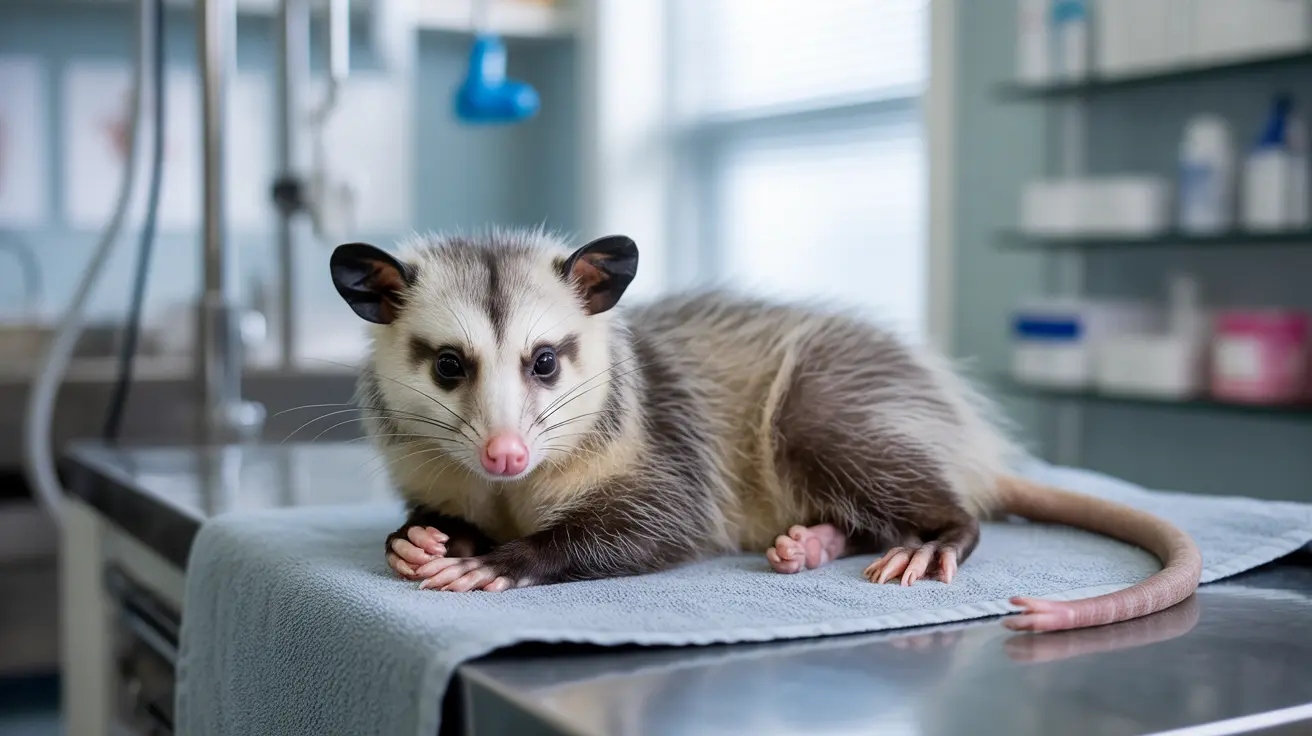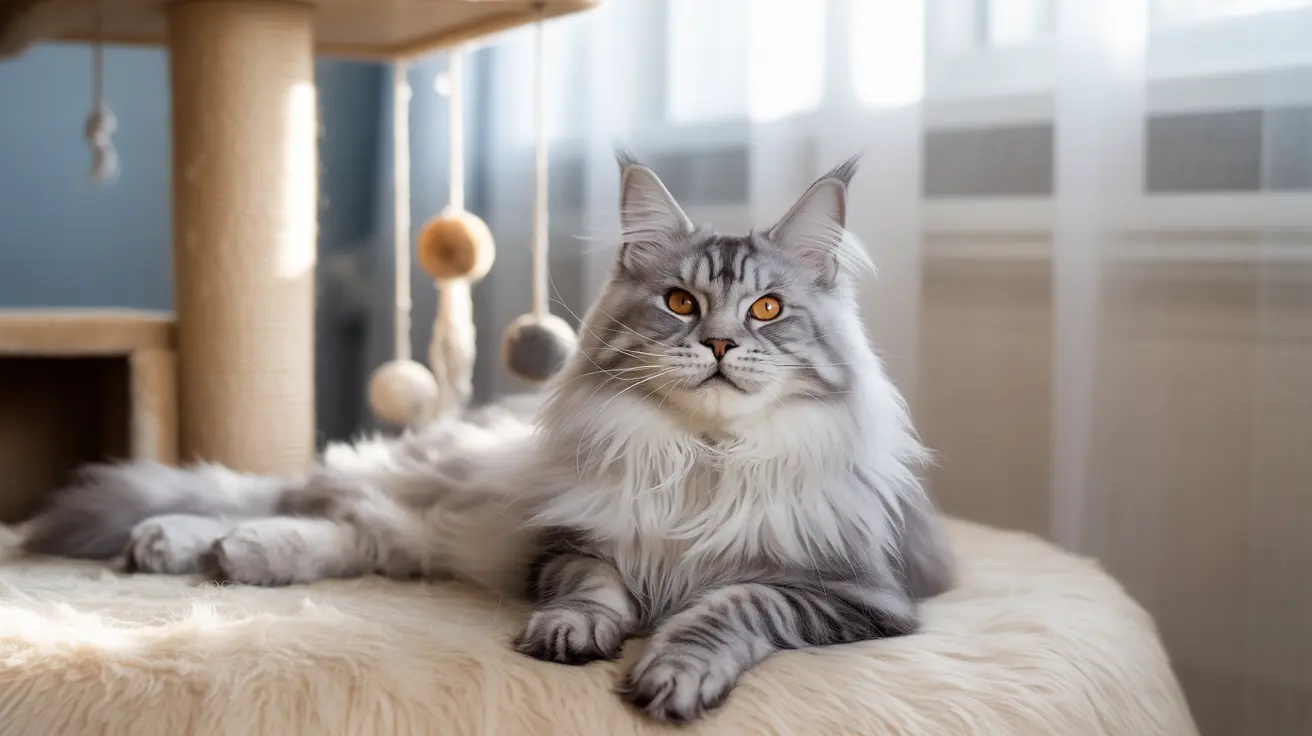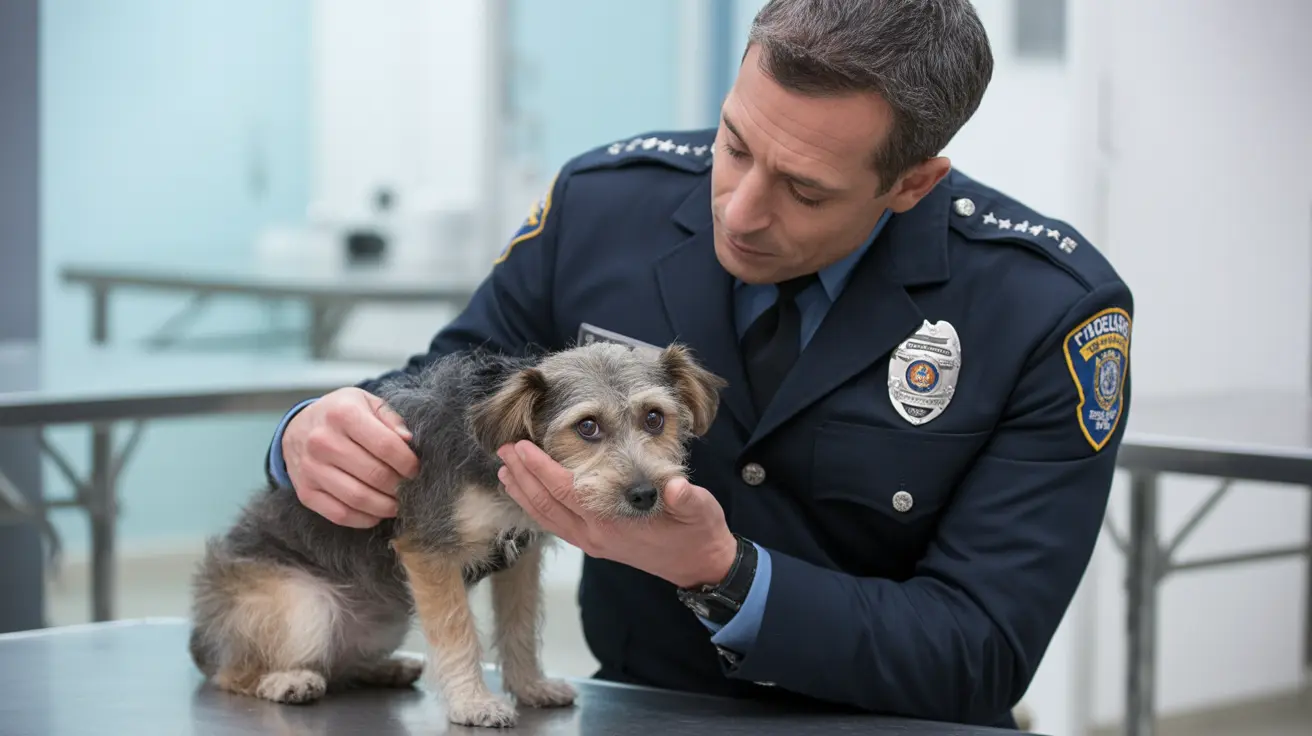Understanding the Old English Sheepdog, Also Known as the Bobtail
The Old English Sheepdog is a beloved and instantly recognizable breed known for its dense, shaggy coat and endearing personality. Frequently referred to as the "Bobtail", this affectionate nickname arises from the breed's history of tail docking, a practice indicating its working dog status and once used for tax exemption purposes.
Origins and History
Originating in England’s West Country over two centuries ago, the Bobtail emerged from early herding and droving dogs that excelled at driving livestock to market. Their remarkable adaptability and strength made them ideal companions for shepherds and farmers alike.
Breed Appearance and Physical Traits
- Size: Males stand at least 22 inches at the shoulder and weigh 60–100 pounds, while females are slightly smaller.
- Coat: The coat is double-layered—featuring a soft, insulating undercoat and coarse outer "guard hairs"—and typically comes in shades of grey, grizzle, black, blue, or blue merle, often with white markings.
- Gait and Build: These dogs possess a square, muscular frame and a distinctive rolling gait that resembles a bear's walk.
- Eyes and Ears: Eyes may be brown, blue, or heterochromatic (one of each), and ears lie flat against the head, hidden beneath the fur.
Coat Care and Grooming Needs
The Bobtail's lush coat requires daily grooming to prevent matting and manage shedding. Key grooming practices include:
- Daily brushing to remove tangles and debris
- Regular bathing and trimming to keep the coat clean and manageable
- Use of professional grooming services as needed
- Monitoring for skin issues like hot spots or parasites
Temperament and Behavior
Old English Sheepdogs are known for their playful, intelligent, and affectionate nature. Notable behavioral traits include:
- Strong herding instinct: May attempt to herd children or pets
- Cheerful and loyal: Excellent companions and family pets
- Social: Generally friendly toward strangers and other dogs
- Protective bark: Has a loud, deep bark used for alerting or control
Training and Socialization
Highly intelligent yet occasionally stubborn, Bobtails benefit from early training and socialization. Use of reward-based and engaging training methods is highly effective. Consistent routines and exposure to various environments help reduce behavioral issues like dominance or boisterousness.
Exercise Needs
This breed thrives with one to two hours of daily physical activity. Beneficial activities include:
- Long walks or hikes
- Interactive play sessions
- Dog sports such as agility, obedience, and scent work
- Access to a securely fenced yard
Lack of sufficient activity may lead to boredom and destructive behavior, making Bobtails unsuitable for apartment living or inactivity.
Health Considerations
Prospective owners should be aware of a variety of genetic and breed-specific health conditions that may affect Old English Sheepdogs:
- Hip dysplasia
- Gastric dilatation-volvulus (bloat)
- Cataracts, retinal atrophy, and detachment
- Congenital deafness
- Primary ciliary dyskinesia
- Hypothyroidism
- Demodicosis and other skin issues
- Bleeding disorders (e.g., Von Willebrand’s disease)
- Osteochondritis dissecans (OCD)
- Wobbler’s syndrome
- Dilated cardiomyopathy
- Diabetes mellitus
- Portosystemic shunt
- Lymphoma and osteosarcoma
- Bladder and kidney stones
Routine veterinary check-ups, health screenings, and responsible breeding practices are essential for managing these risks. Average life expectancy ranges from 10–12 years.
Living Conditions
Old English Sheepdogs prefer to be close to their families and are ill-suited for long periods alone. Ideal living arrangements include:
- Homes with ample indoor and outdoor space
- Experienced and attentive pet owners
- Families with older children
- Access to a large, secure yard
Their heavy coats help them tolerate cold and wet conditions but can lead to heat sensitivity in warm climates. Owners must monitor for signs of overheating and avoid excessive activity during hot weather.
Popularity and Cultural Significance
The breed gained fame in the U.S. during the late 19th century and became a status symbol among elite families. Old English Sheepdogs have appeared in films, TV shows, and advertisements—most notably as the Dulux paint mascot—contributing to their widespread recognition.
Despite their friendly nature, their size and exuberance make them better suited for families with older children. Proper socialization, grooming commitment, and ongoing engagement can make the Bobtail an exceptionally joyful and loyal companion.





